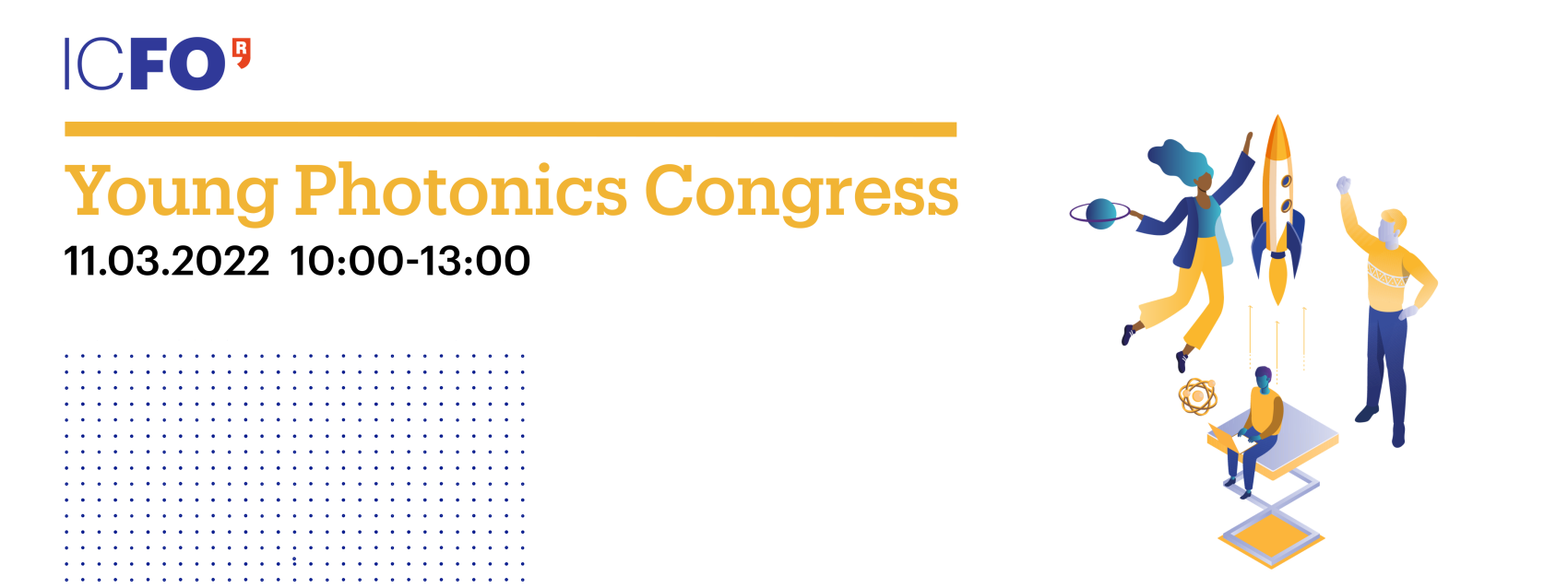
El Young Photonics Congress és un congrés científic protagonitzat per estudiants d’ESO i batxillerat que presenten els seus projectes de recerca.
Descobreix el món de la fotònica amb les xerrades flaix sobre la recerca que es fa a l’ICFO i amb els projectes de recerca de joves científics i científiques!
programA
11 de març de 2022 – ICFO (CAstelldefels)
xerrades flaix
Fes clic en el + per més informacions
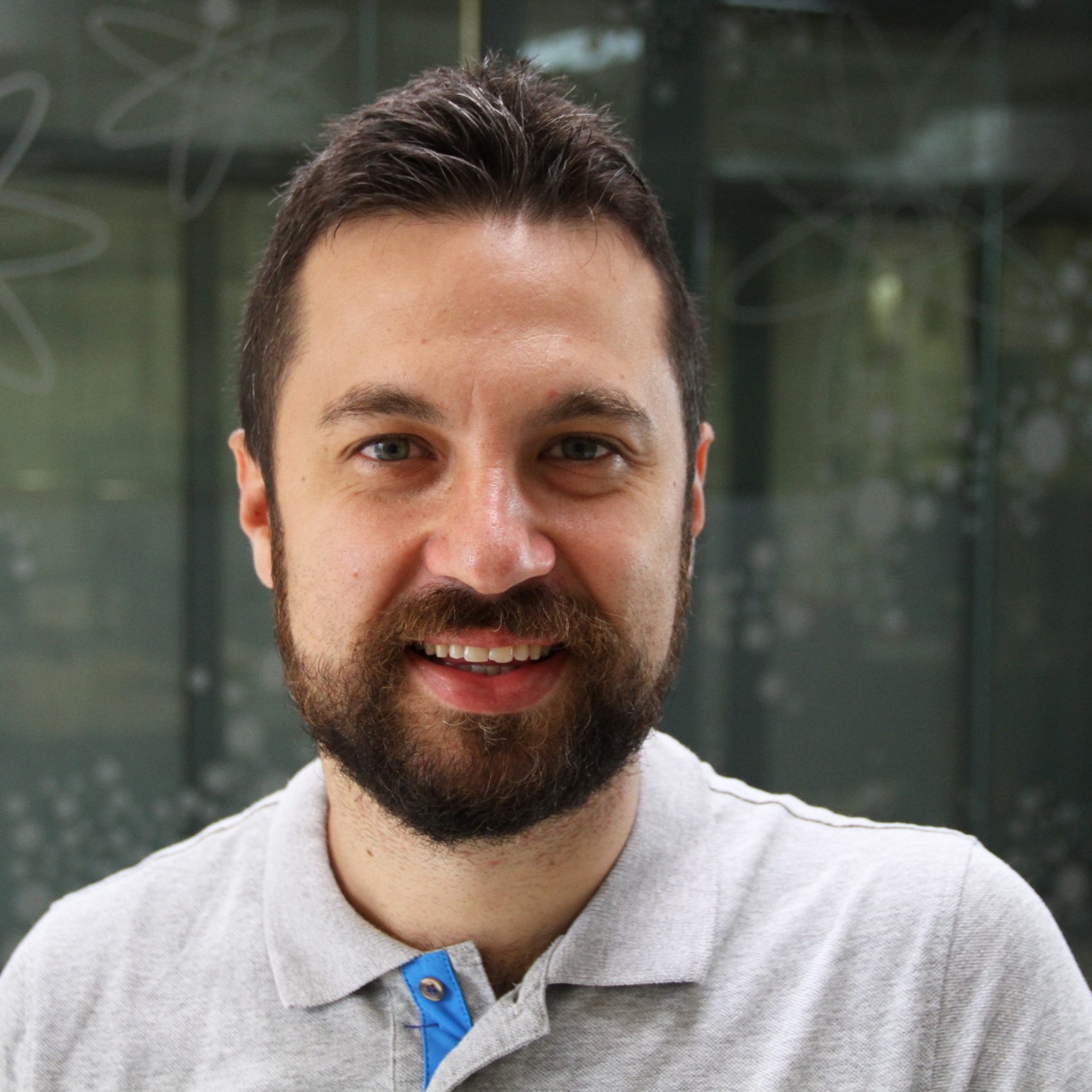
GIANVITO LUCIVERO
Gianvito Lucivero és actualment PROBIST fellow i dona classes de sensors quàntics en el Master en Quantum Science and Technologies de Barcelona.
Va obtenir el seu doctorat a ICFO, demostrant com es poden millorar els sensors atòmics amb llum squeezed. Entre 2016 i 2019 va treballar a la Universitat de Princeton, on va contribuir a la primera detecció de biomagnetisme humà en entorns no blindats amb magnetòmetres òptics.
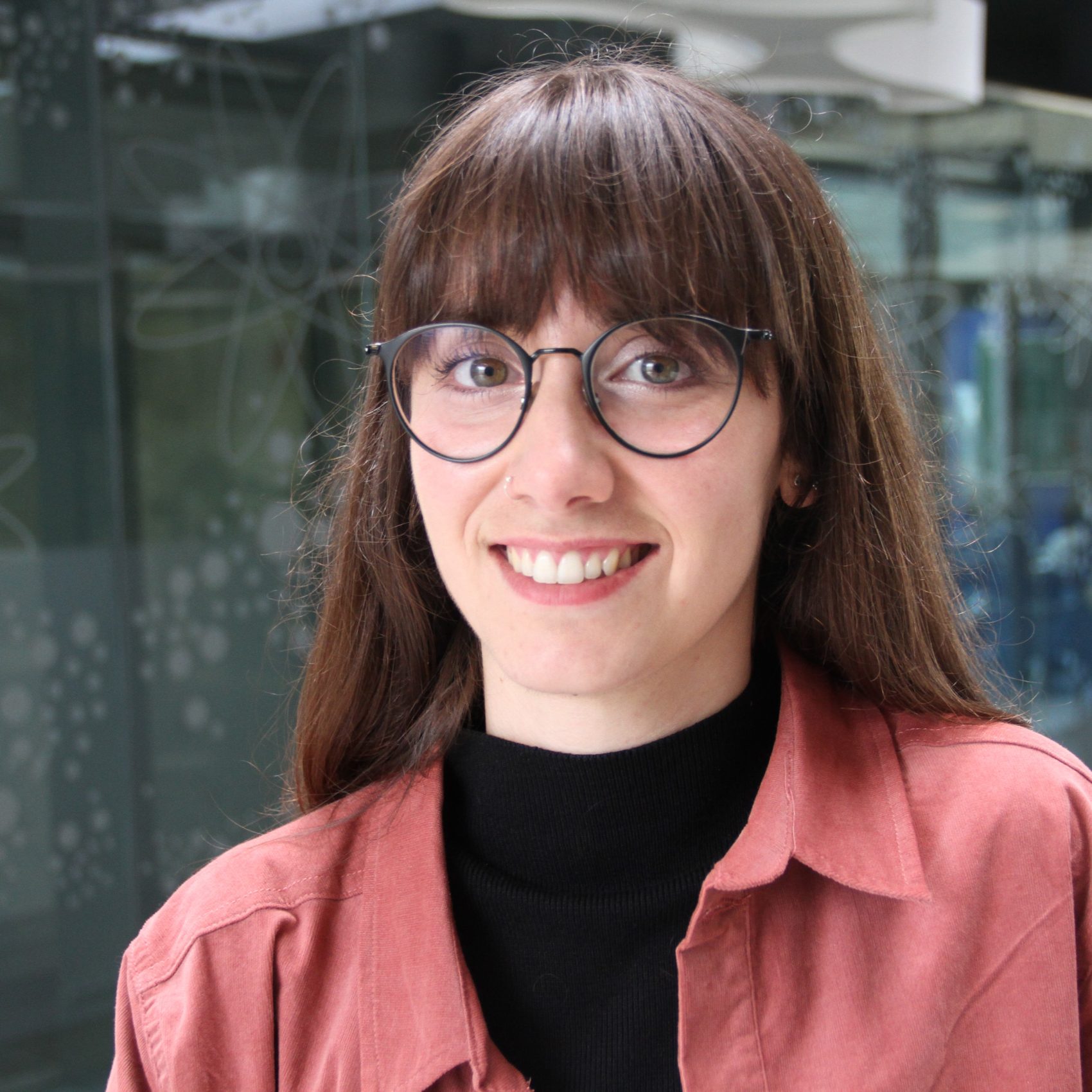
Marina Cunquero
Marina es va llicenciar en Microbiologia l’any 2019 per la Universitat Autònoma de Barcelona, i va continuar els seus estudis de postgrau a la Universitat Pompeu Fabra. El 2016 es va incorporar a l’ICFO com a tècnica de laboratori i es va fascinar per l’ampli espectre de possibilitats de recerca que ofereix la microscòpia òptica. Actualment està cursant el seu doctorat en biofotònica al grup de Super-Resolution Light Microscopy and Nanoscopy, liderat per Pablo Loza. Els seus interessos de recerca són una barreja de neurociència i òptica. Estudia com es comuniquen les neurones a l’ull per trobar nous tractaments per a la discapacitat visual.
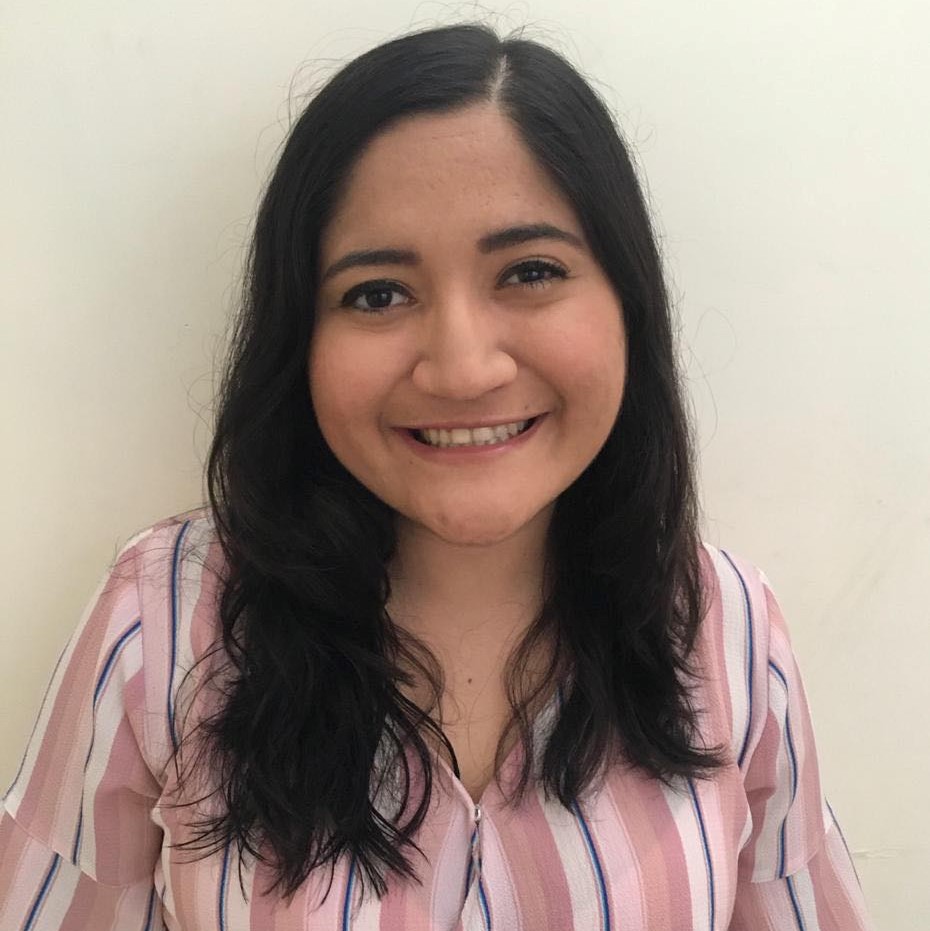
María Paula Ayala
María Paula Ayala és estudiant de grau de Física a la Yachay Tech University (Equador). Ha participat en projectes relacionats amb les Ciències dels Materials i les Nanociències Computacionals. Actualment, està fent pràctiques al Grup de Fotònica Tèrmica liderat per la Prof. Georgia Papadakis a l’ICFO, estudiant com ajustar l’emissió tèrmica.
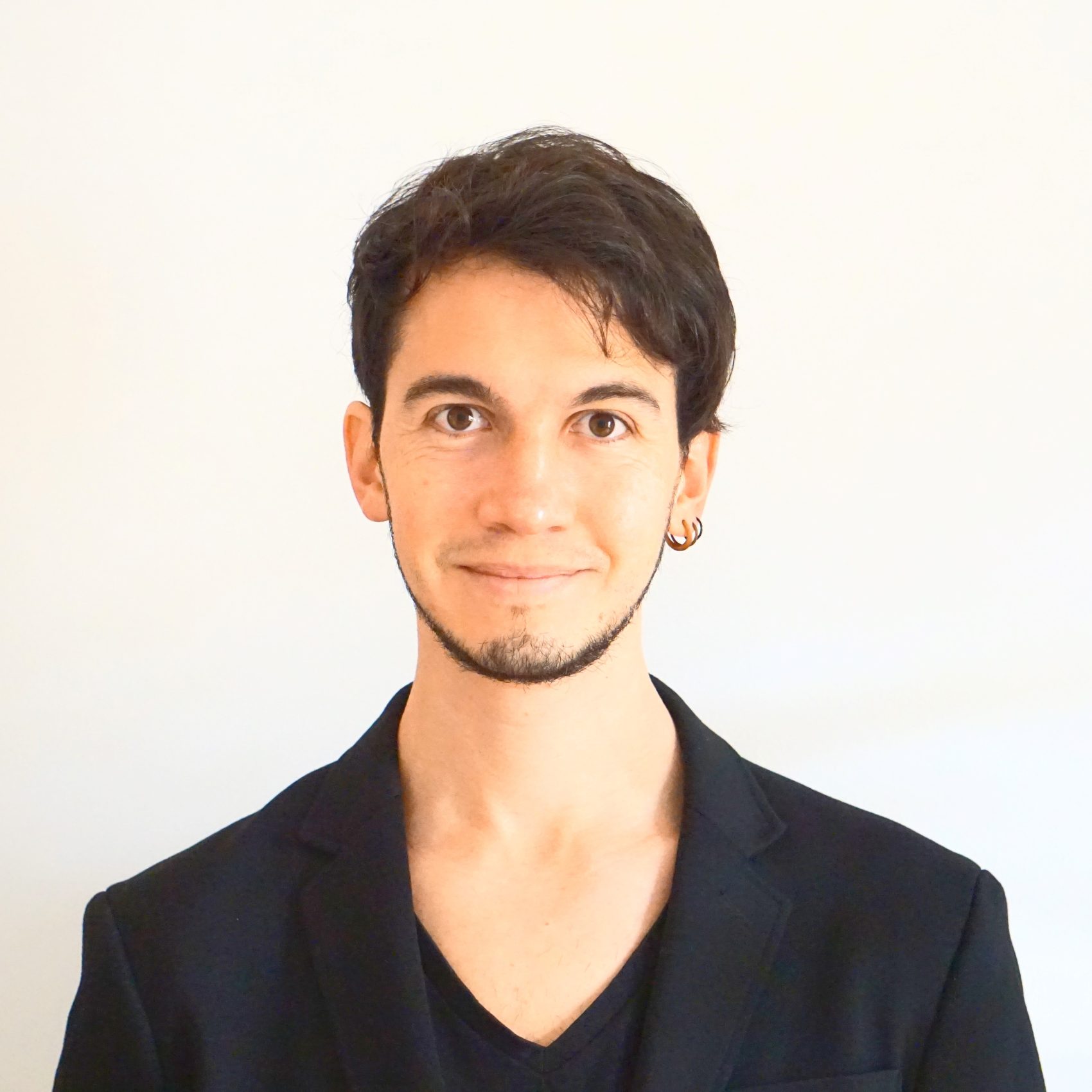
Roland Terborg
Roland es va llicenciar en Física per la Universidad Nacional Autónoma de México (UNAM) i va fer el doctorat en Fotònica a l’ICFO. Actualment treballa com a emprenedor a l’ICFO Launchpad, coordinant la investigació científica i desenvolupament de negocis per a un nou projecte spin-off en el sector Life-Science.
PROJECTES
Fes clic en el + per més informacions (tots els resums són en anglès)
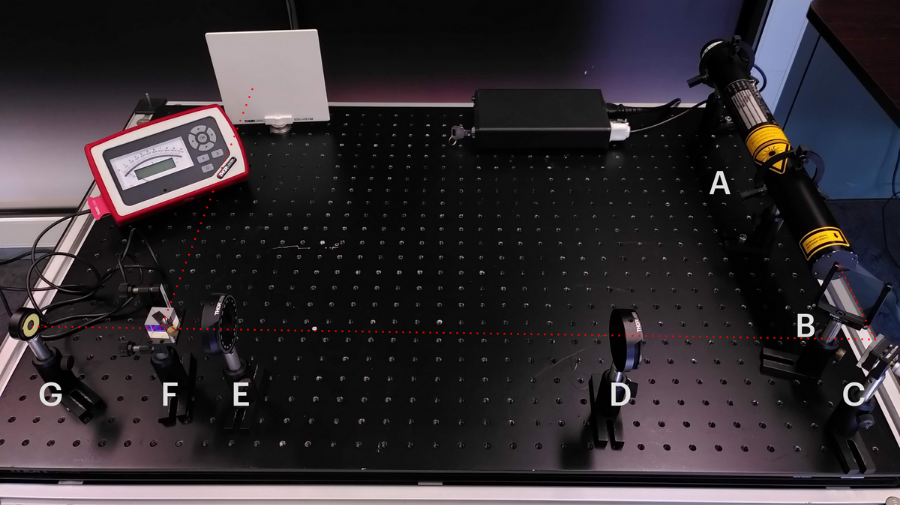
La criptografia quàntica és una manera segura per a enviar informació? (IS QUANTUM cryptography a safe way to transmit information?)
MarÍa amores cintora
British School of Barcelona – Castelldefels (1 bat)
Tutora: María Ángel Cintora
The aim of my project is to demonstrate how we can transmit a secure message using polarised light. I will use a laser, polarisers, a light intensity sensor, half-wave plates and a mirror.
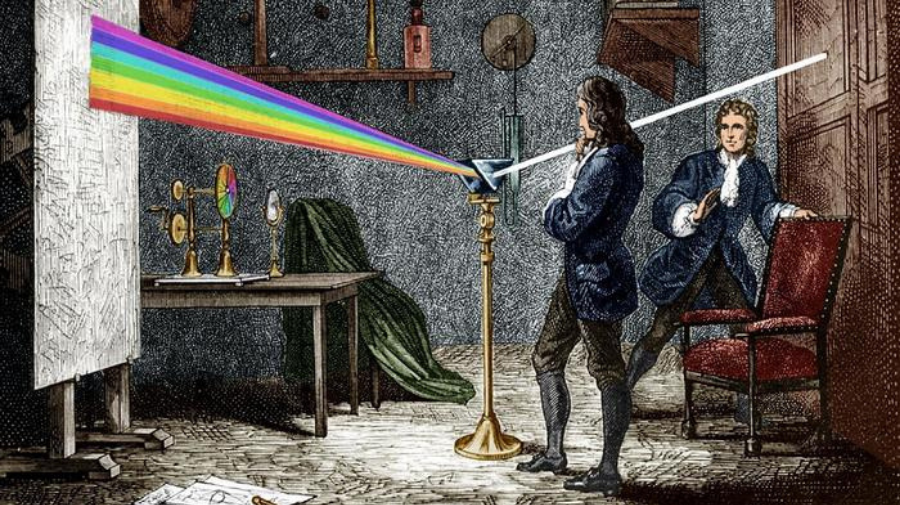
La difracció de la llum
Èric Cornet Bonilla, Daniel Fernández Redondo, Jordi Sagrera Jorge
IES El Castell – Esparreguera (2 bat)
Tutora: Montserrat Muñoz
To apply the scientific method in a laboratory with the most adequate materials
To know the scientific and historical bases on the nature of light
Do a theoretical study of the magnitudes that define waves and its properties
Explain the phenomenon of diffraction
Using the diffraction we have calculated the diameter of different sewing threads.
Next, we compare the measurement obtained by the experimental procedure with the real value.
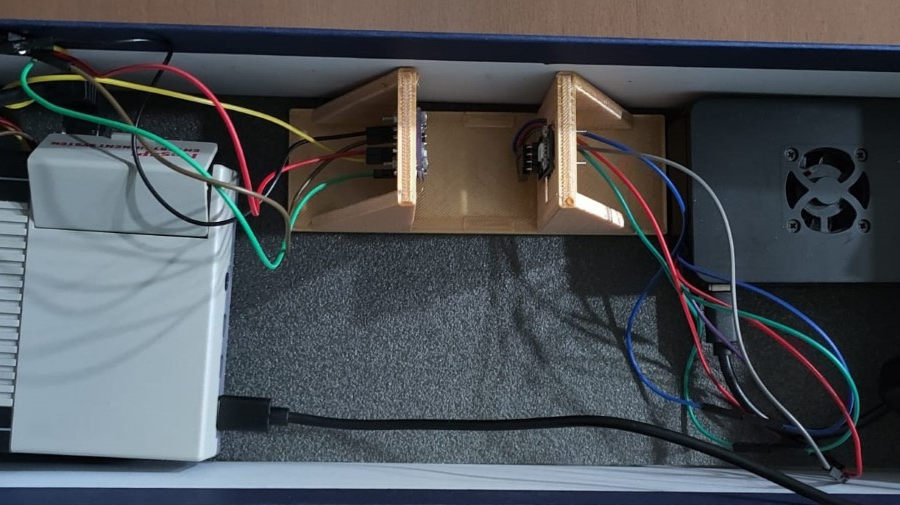
TRANSMISSIÓ DE DADES A TRAVÉS DE LA LLUM: PROTOTIP LIFI AMB LED RGB
Erik Marín Martín
We live in the information society. Can we use existing infrastructures and technologies to cover this demand or use others when current ones have problems?
We have built a functional and economical prototype using VLC principles with LED RGB to be able to draw conclusions about this technology.
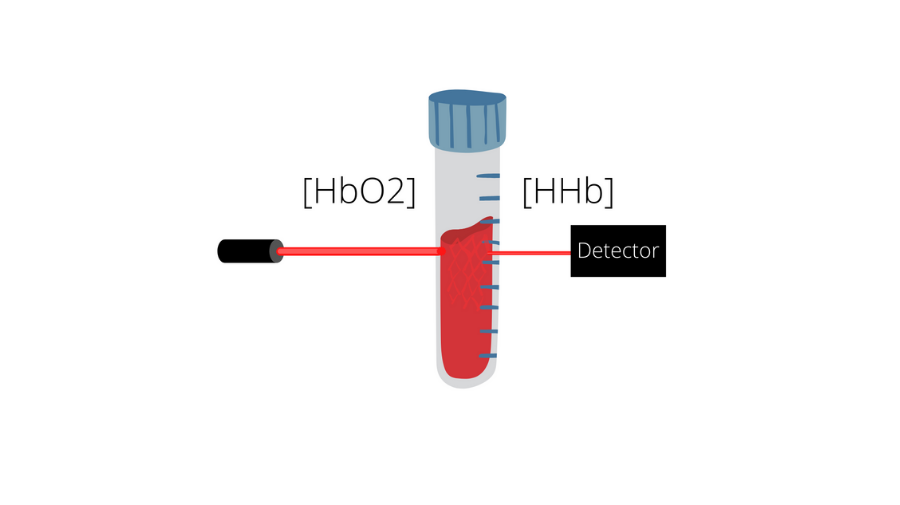
Tècniques de mesura FNIRS i anàlisis de dades reals com a procès d'aprenentatge (On fNIRS measuring techniques and the analyisis of real data as a learning procedure)
Chico Paulics Bresler, Laia Xiao Planas Toro, Pau Rocabert
The aims were to understand fNIRS using a Portalite, including cuff occlusion, and calf/prefrontal cortex activation. The results were an observed increase in HHb and a decrease in O2Hb for the cuff occlusion, the expected results were seen for the calf, no patterns were observed in the cortex.
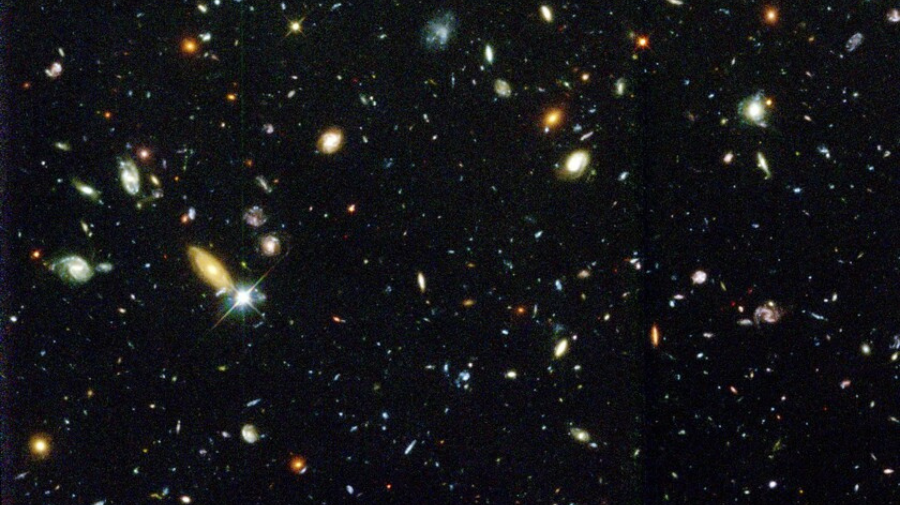
Mètode de detecció i anàlisis de la variabilidad d'una estrella variable
Laia Cambra Chaler
Tutora: Mailhyn Cafiero
its light curve and period. In order to do this, a series of images have been taken and pre-treated. The information obtained has led to some results that have allowed us to speculate on the reason for its variation.
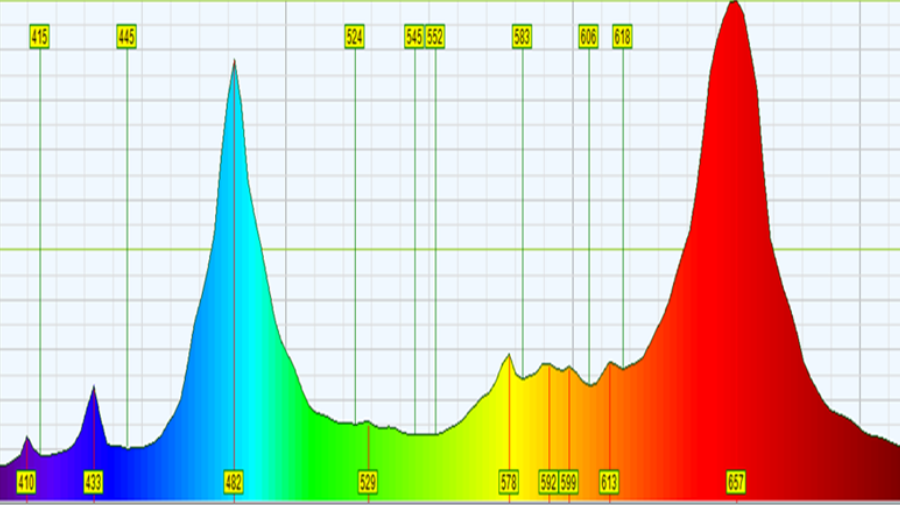
Disseny i construcció d'un espectròmetre
Adrià Capdevila Zurita
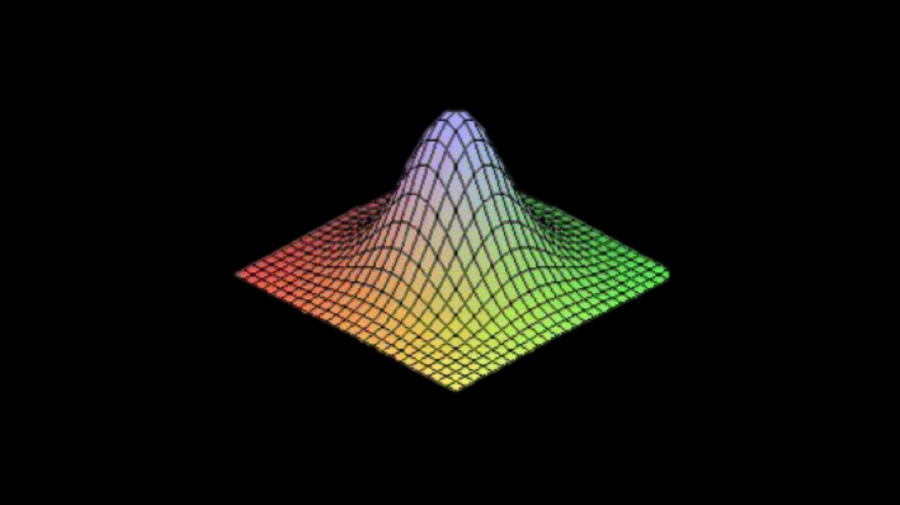
Buscant la partícula: càlcul numèric i física quàntica
Isabel Sitjà Castellarnau
Tutor: David Corrons
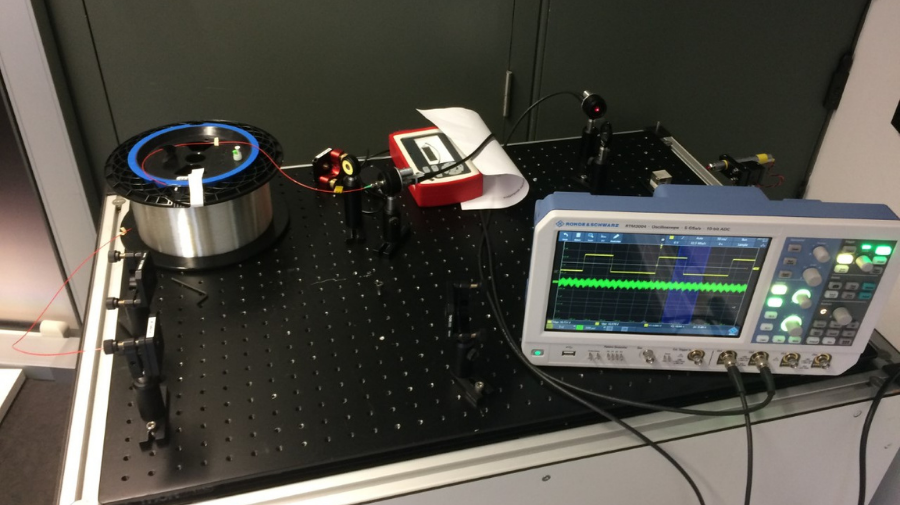
És la velocitat de la llum certa?
Daniel López-Moya Casado

Propietats de la llum: difracció i interferències
Jan López Bocache
Tutor: Jordi Fernández

Difracció i mesures micromètriques
Eloy Estopiñá Viloria, Deybid Silver Villanueva Rojas
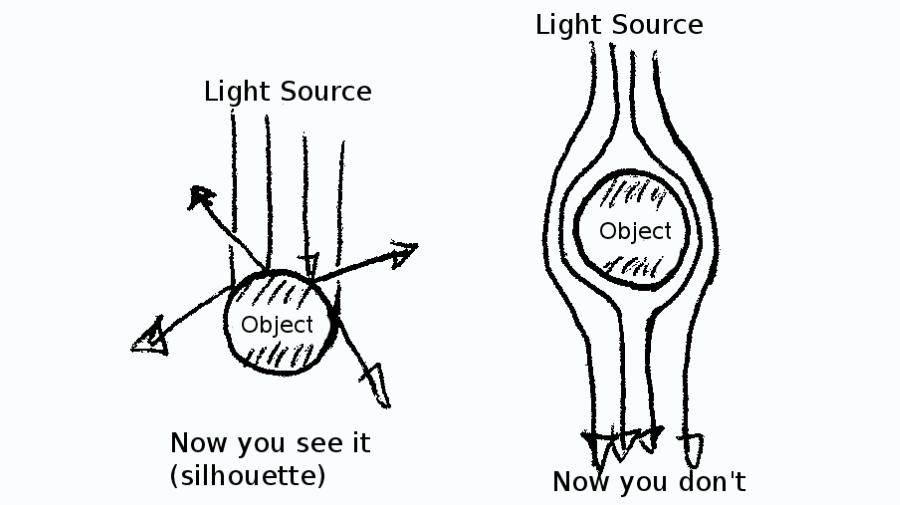
el nostre futur amb els metamaterials (Our future with metamaterials)
Aileen Sangalli
Tutor: Adam Sierens
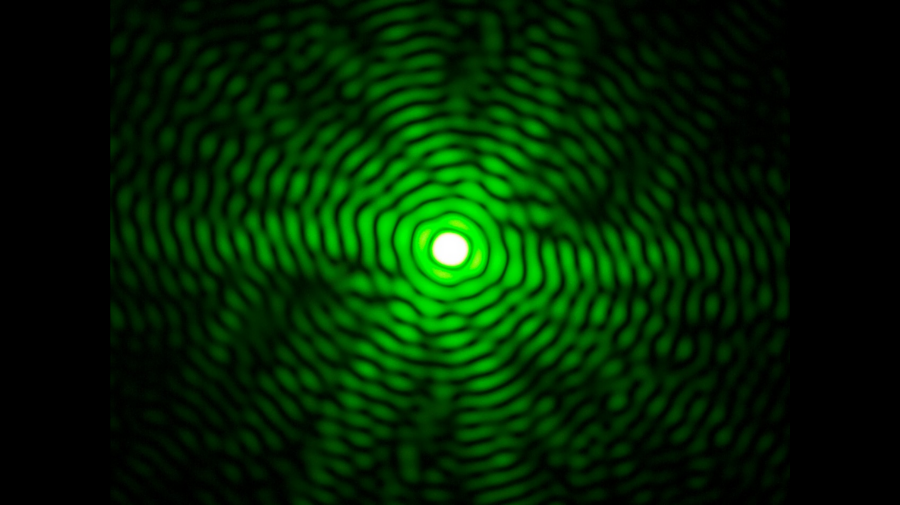
La dualitat ona-partícula de la llum
Olau Vinyals i roca
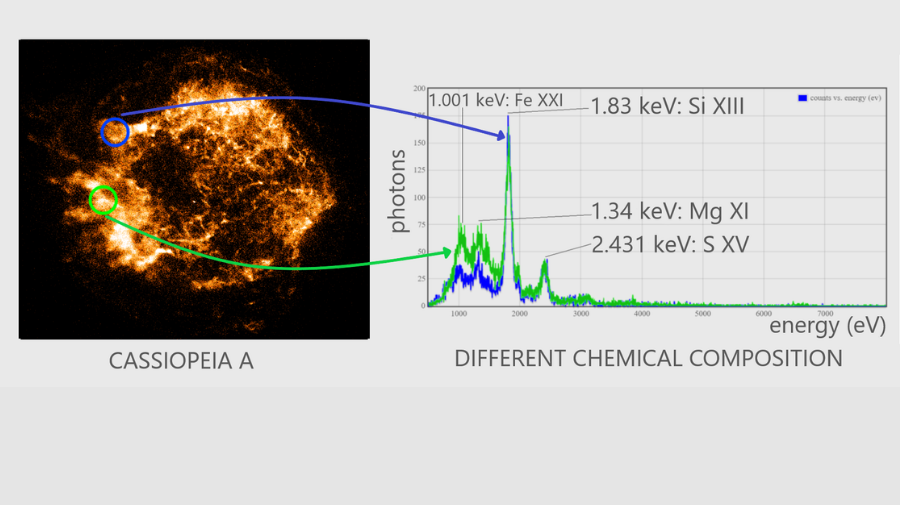
Analitzant les anisotropies de SNR CASSIOPEIA A (analysing anisotropies of SNR Cassiopeia A)
Helena Villares Santiago
Tutor: Francisco Pérez García
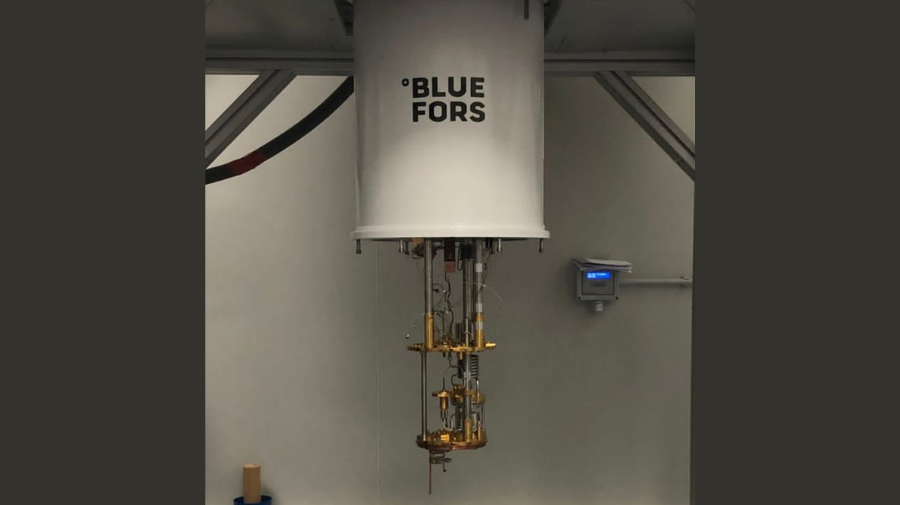
Computació Quàntica
Pol Gonzalo Martí, Sam Grifoll Valcarcel, Abel Rodríguez Dominguez
Institut Sunsi Móra – Canet de Mar (2 bat)
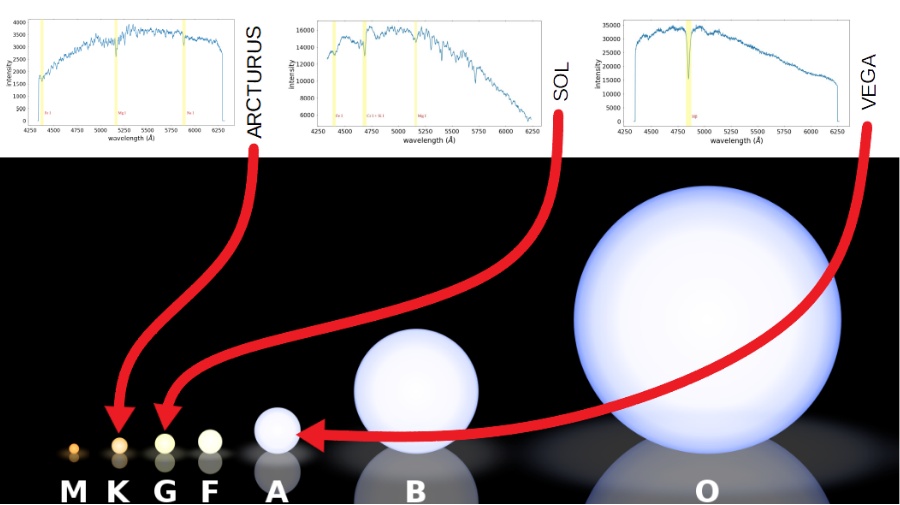
Espectroscòpia estel·lar: identificació del tipus espectral d’un seguit d’estrelles
Adrià Cantarero Carreras
Tutora: Verònica Santamaria Domenech

La llum a través de l'interferòmetre
Arnau sirvent villòria
The methodology used was to do 3 experiments, collecting data and analysing it.
The outcome of this work is the result of my calculations compared to the real data, what drawn me to the following conclusions.
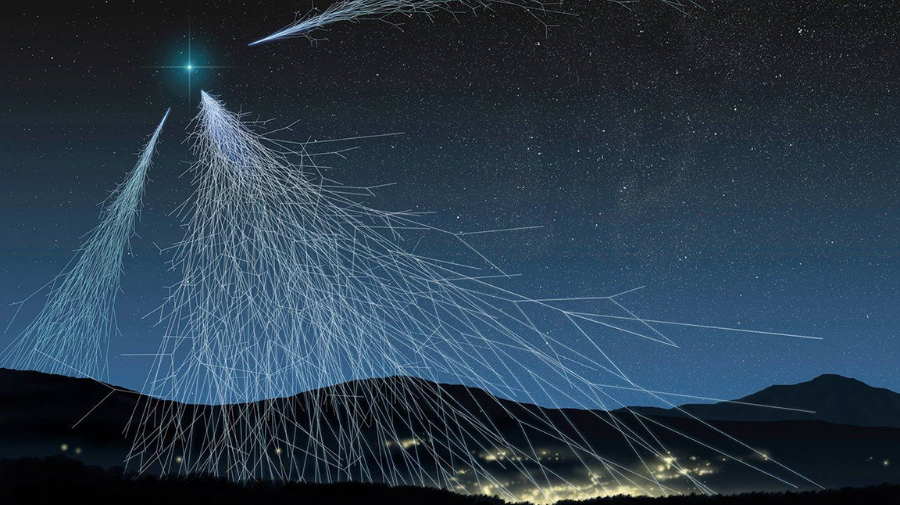
Desafiant la física clàssica amb els muons (Desafiando la física clásica con los muones)
Joel López Juncadella
Tutor: Daniel Parcerisas Brossa
In this research work, I studied the behavior of muons and alpha particles in certain cases with particle detectors. Experiments have been carried out to study these particles, such as the determination of the speed of a muon or of the absorption of the alpha particles.
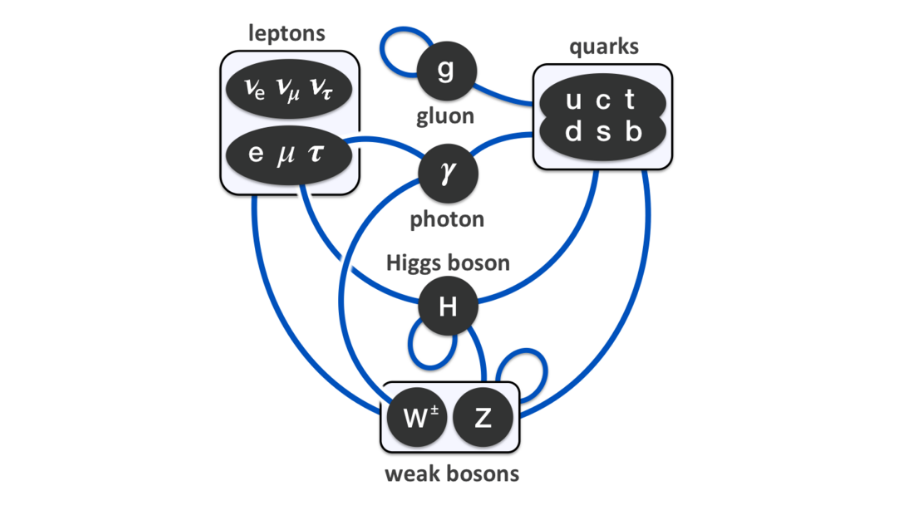
Si és la més feble, perquè l'anomenem partícula de déu?
Aina Rodríguez Bueno
Tutor: Daniel Parcerisas Brossa
The Standard Model of Particle Physics is completed with the Higgs Field, as it gives particles mass. The goal of the project is to describe the field. I conducted a practical experiment with a particle detector called TimePix and different radioactive samples, to delve into nuclear physics.
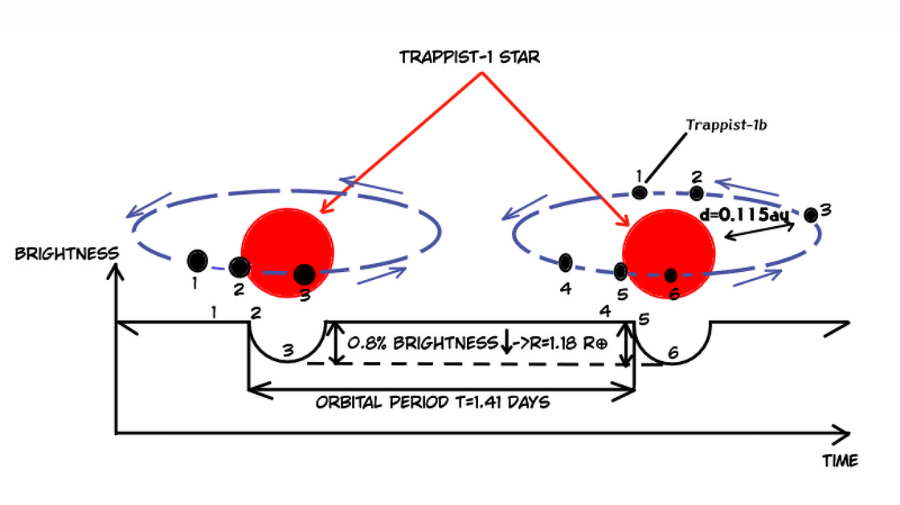
Analitzant llum de l'exoplaneta Trappist-1b (Analysing light from Trappist-1b exoplanet)
Miquel García Urbán, Xavier Garrido Aguilera
Tutor: Francisco Pérez García
A light curve analysis of Trappist-1b exoplanet obtained from Kepler space telescope using a python library called lightkurve give us a planet radius of 1.18 Earth radius and an orbital period of 1.51 days. Calculated distance to the parent star Trappist-1 was 0.115 astronomical units.

un ordinador que reconeix les partícules (A computer that knows particles)
Rubén Castaño Gómez
Tutor: Daniel Parcerisas Brossa
an image obtained from a particles’ detector called Medipix and identify three different types of particles: Alpha, Gamma, Beta.
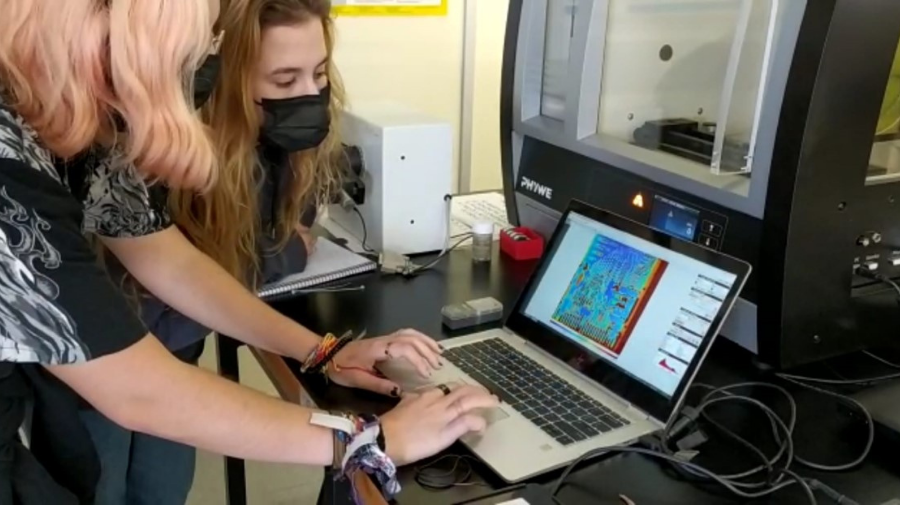
El CERN i els detectors de partícules
Julia González Pons, Bruguers Miranzo López
Tutora: Sonia Tarancón
In our project we experimented with the Medipix detector. We analyzed radioactive materials and objects with X-rays, concluding that the americium had relativistic alpha particles,the itrium a short disintegration span of time, the KNO3 relativistic beta particles and the Pb was an insulating material.

problemes d'il·luminació (Illumination problem)
Nicolás Atanes Santos
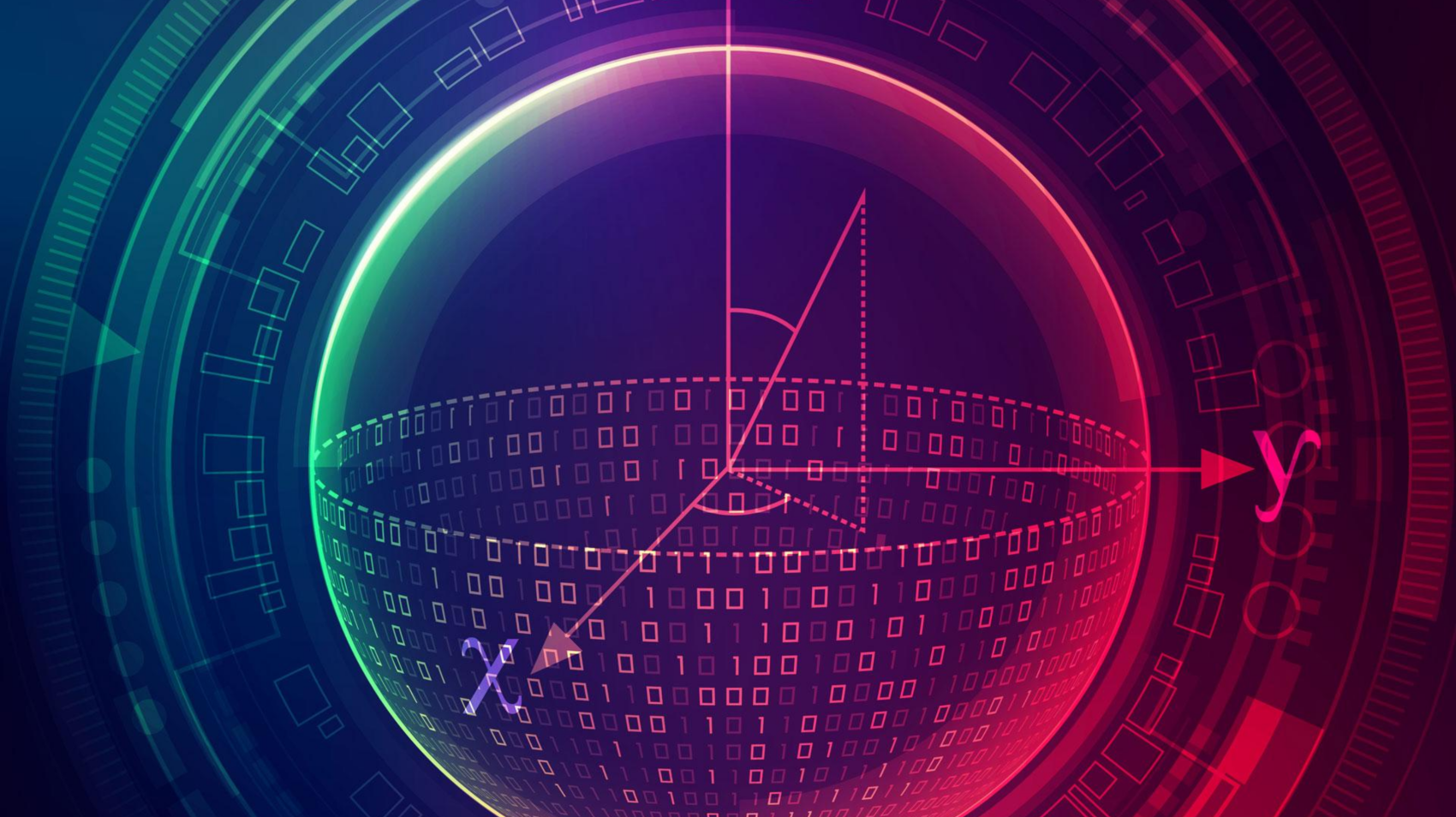
com de prop ens queda la criptografia quàntica?
inés alonso
Tutora: Rosa Fernández Serra
Light has a lot of applications. How do we use it to exchange information? Looking for answers I came across quantum cryptography.
We have a goal: to encrypt messages.
How do we encrypt using quantum properties? Is it the same as classic encryption? At ICFO I was given the opportunity to perform the BB84 quantum protocol.

This activity is co-funded by the European Regional Development Funds (ERDF) allocated to the Programa operatiu FEDER de Catalunya 2014-2020, with the support of the Secretaria d’Universitats i Recerca of the Departament d’Empresa i Coneixement of the Generalitat de Catalunya for emerging technology clusters devoted to the valorization and transfer of research results (QuantumCAT 001-P-001644 and GraphCAT 001-P-001702).

